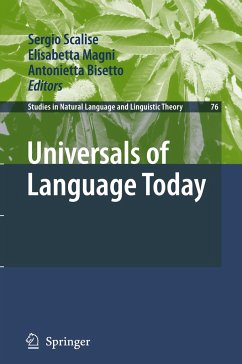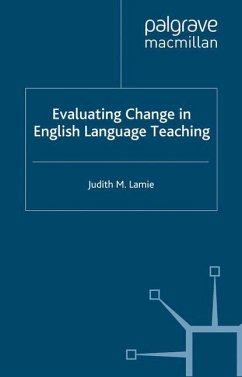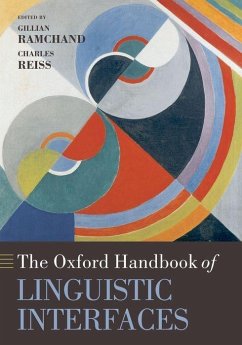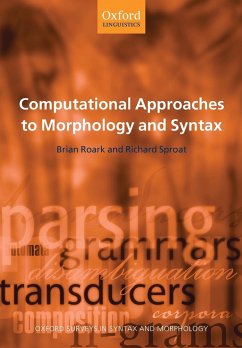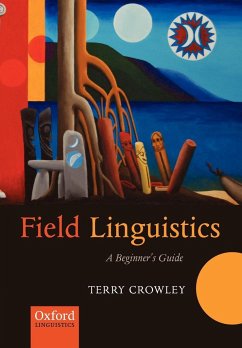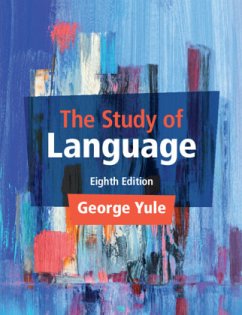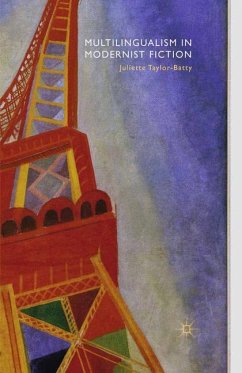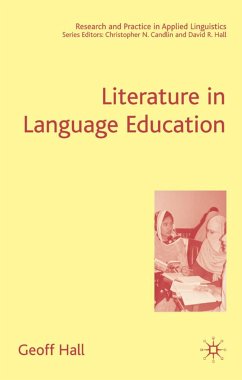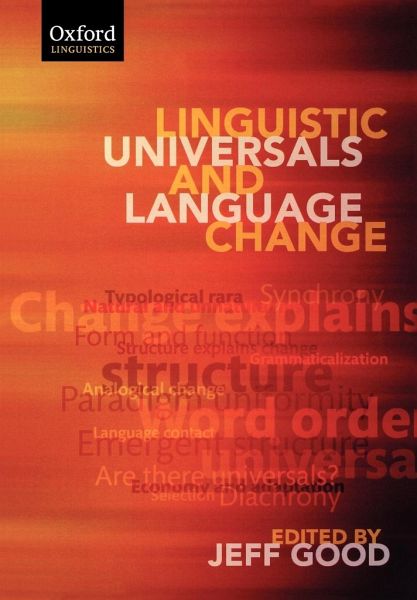
Linguistic Universals and Language Change (Paperback)
Versandkostenfrei!
Versandfertig in 1-2 Wochen
78,99 €
inkl. MwSt.

PAYBACK Punkte
39 °P sammeln!
In this book leading scholars examine and assess rival explanations for linguistic universals and the effectiveness of different models of language change. They illustrate their arguments with a very wide range of reference to the world's languages.



